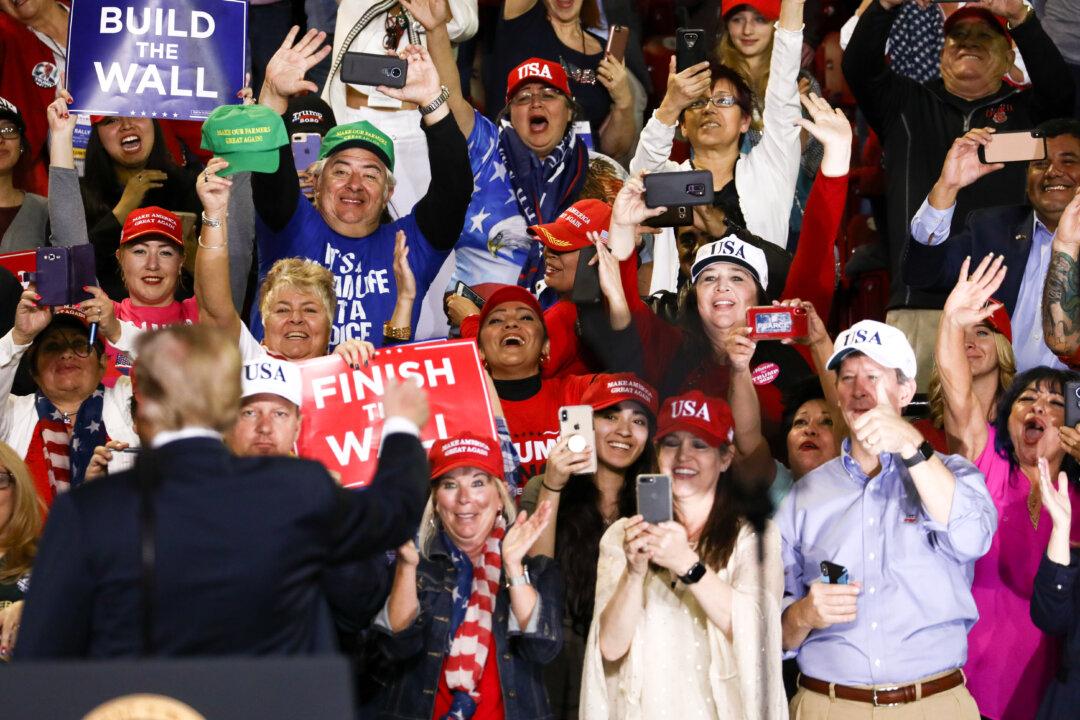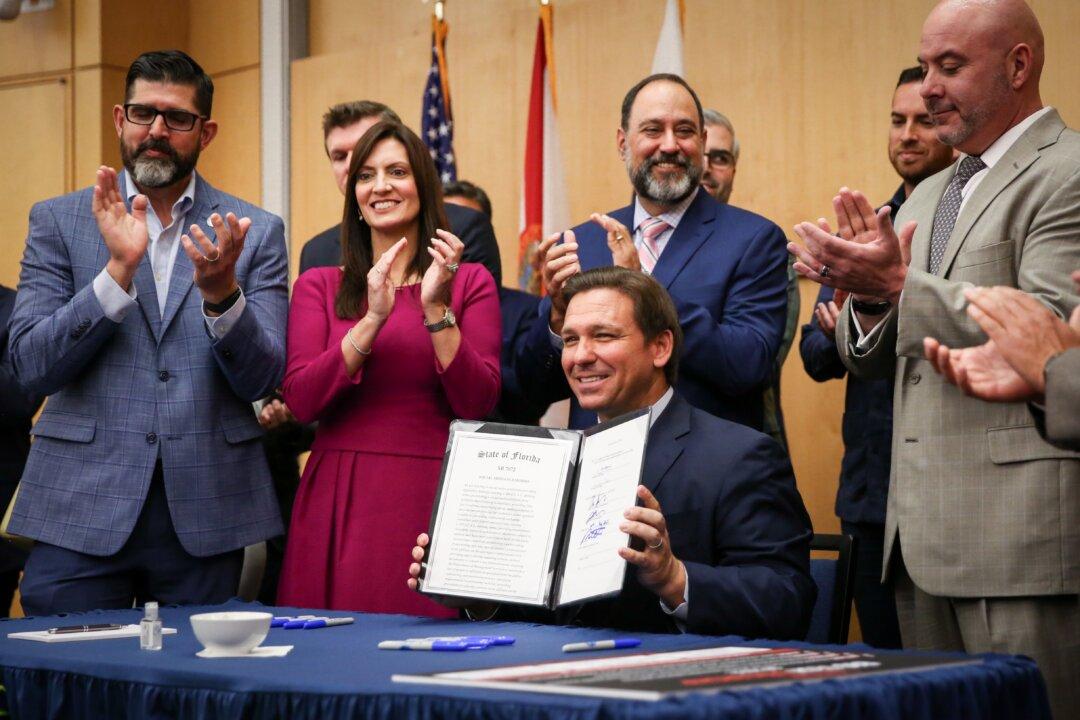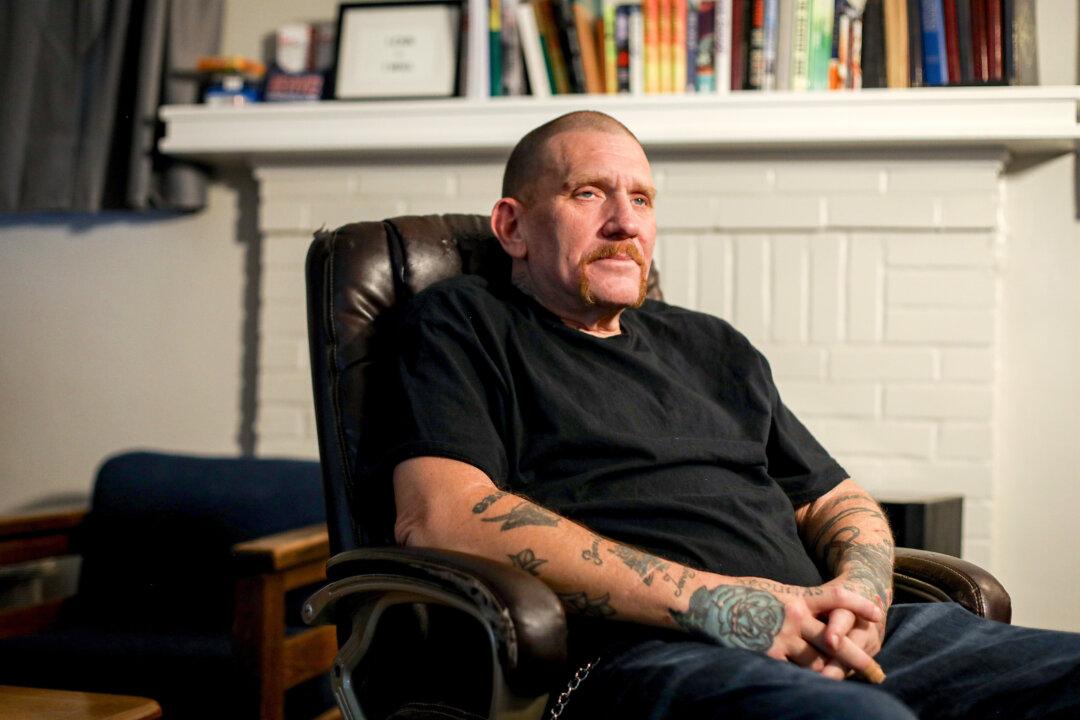In 2017, the rate of poverty had declined overall, but for Hispanics in particular, the rate was one of the largest year-to-year drops across demographic groups, shedding 1.1 percentage points from 2016, according to the annual report “Income and Poverty in the United States: 2017.”
The 1.1 percent decrease in 2017 was also the largest year-to-year decline for the Hispanic population, and was a larger drop than any other demographic.The Bureau said the rate of poverty declined slightly overall for Americans in 2017 to 12.3 percent, marking the third year in a row that the rate has fallen. Census officials also noted that for non-Hispanics, the year-on-year decline wasn’t statistically significant.
Aside from the declining poverty rates, the inflation-adjusted median household income for Hispanics also increased by 3.7 percent in 2017 to $50,486. Both the increase in income and the declining poverty rate marked the third consecutive year of such numbers for Hispanics.The poverty declines for Hispanics were concentrated among Hispanic males, who witnessed a 1.1 percent decrease. Meanwhile, foreign-born Hispanics experienced a 1.4 percentage point decrease and those living in the West saw a 2.3 percent drop.





